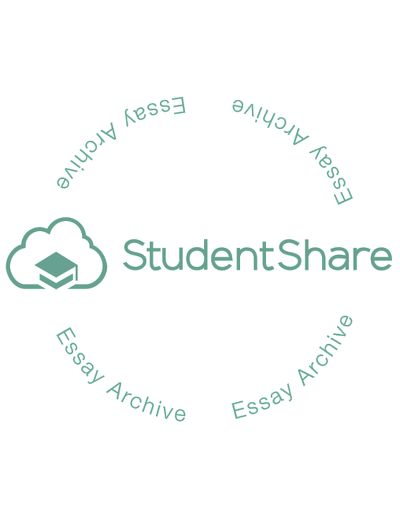Cite this document
(“Brazil's development will attempt to lead sustainability for the next Essay”, n.d.)
Brazil's development will attempt to lead sustainability for the next Essay. Retrieved from https://studentshare.org/tourism/1431328-brazilyies-development-will-attempt-to-lead
Brazil's development will attempt to lead sustainability for the next Essay. Retrieved from https://studentshare.org/tourism/1431328-brazilyies-development-will-attempt-to-lead
(Brazil'S Development Will Attempt to Lead Sustainability for the Next Essay)
Brazil'S Development Will Attempt to Lead Sustainability for the Next Essay. https://studentshare.org/tourism/1431328-brazilyies-development-will-attempt-to-lead.
Brazil'S Development Will Attempt to Lead Sustainability for the Next Essay. https://studentshare.org/tourism/1431328-brazilyies-development-will-attempt-to-lead.
“Brazil'S Development Will Attempt to Lead Sustainability for the Next Essay”, n.d. https://studentshare.org/tourism/1431328-brazilyies-development-will-attempt-to-lead.


